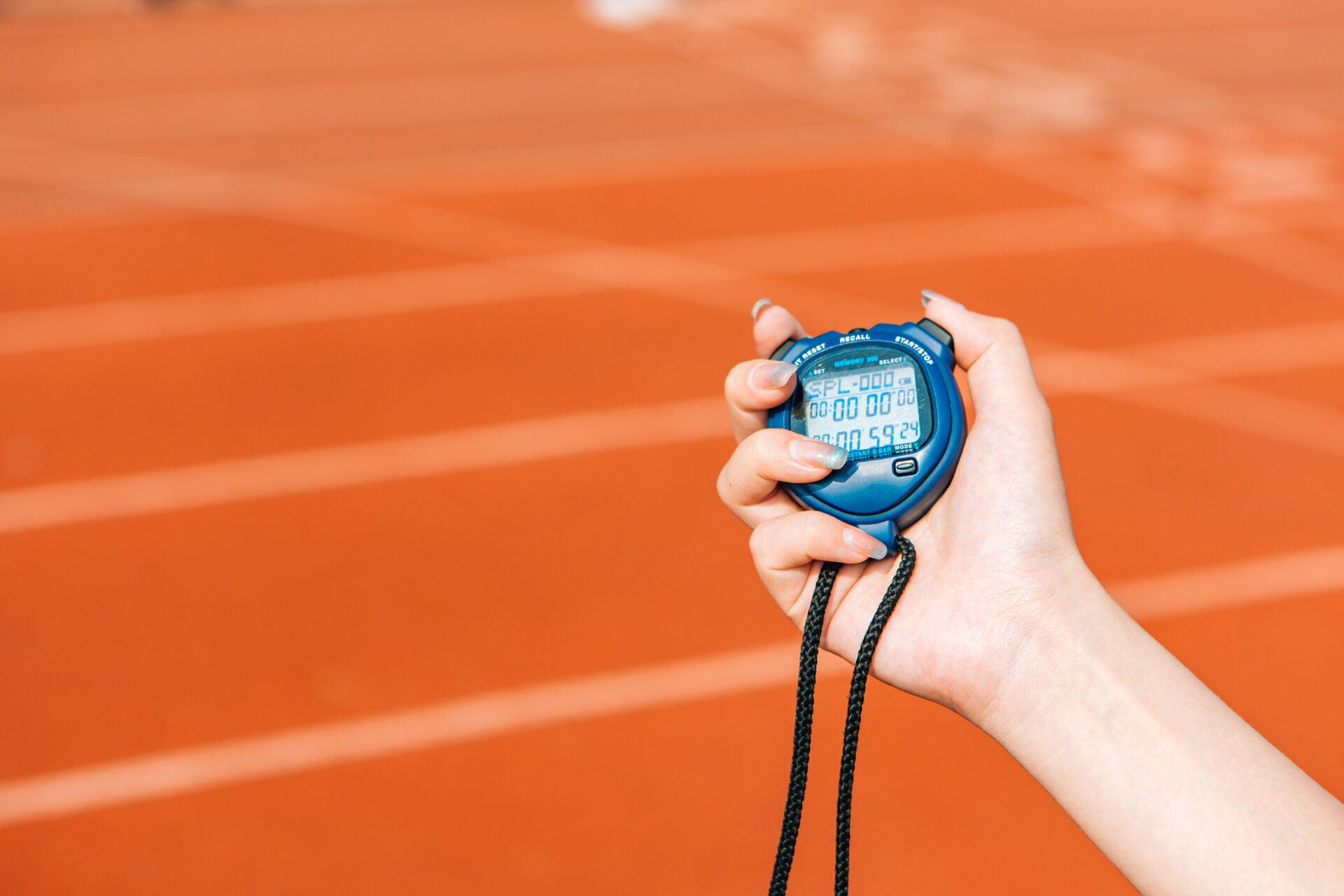
Unhealthy and toxic cultures in sport and activity increase the risk of abuse.
But a positive culture can support individuals to feel safe and valued. Environments that prioritise personal wellbeing can actively prevent abuse from occurring.
For this reason, the Ann Craft Trust supported the development of a culture tool which launched last year. Hosted on the Safe in Sport website, the tool’s development involved key partners such as UNICEF, the NSPCC Child Protection in Sport Unit, and the Premier League. You can learn more about the tool here.
There are numerous useful resources that complement the tool. For instance, there’s a great video that outlines exactly what we mean when we talk about “safer cultures”. Watch it here.
As part of the self-auditing process, organisations can take a short cultural survey. This enables them to identify key actions they can take to embed a safeguarding culture within their organisation. Finally, there is a reflection section. This is an opportunity for you to consider any changes you have implemented. Have you experienced a positive cultural shift, as a result?
Fast forward to September 2025 – Where are we now?
A number of organisations have greatly benefitted from using the tool. Unfortunately, the numbers engaging are still fairly low.
We know that starting a process like this can seem daunting. But effective culture change takes time, and a lot of commitment. We also know from our sporting partners that some organisations struggle to prioritise long-term projects like this.
Certain organisations that have gone through the process have shared their thoughts. The consensus seems to be that the tools are useful, and that leadership buy-in is vital to making progress. Some are struggling to get involved as much as they may wish to, as the process is not mandatory. Others are having difficulty articulating the value that this process could bring to their organisation.
Would making this process mandatory really help to get more organisations onboard? Sport organisations already face a number of mandatory requirements, and some are creaking under the pressure.
Feedback on the system itself
Some organisations seem to prefer the offline versions of the process. This is fine, but the downside is that they’ll miss out on the helpful autogenerated elements, and the bespoke action plans. Some organisations have also needed more support than others to guide them through the steps.
But have any organisations seen a difference having used the system?
One organisation involved in the programme told us they’d seen a clear difference in leaders’ attitudes towards the prevailing culture, compared to staff and athletes. This finding demonstrated to the organisation’s leaders that they needed to take action, while providing them with the insights they needed to make more evidence-based decisions to create a safer sporting culture for their athletes.
So What Next?
There will be new support and resources to further explain the seven cultural characteristics:
- Safeguarding, child and human rights prioritised
- Accountability
- Inclusiveness
- Psychological safety
- Learning
- Transparency
- Collaboration
All of these are currently supported by guides explaining key terminology, with advice on how to strengthen these characteristics in your organisation. There are now plans to support each with additional webinars.
The Safe in Sport website contains a number of resources designed to kindle positive cultural change. We suggest dedicating a full year to completing the whole journey. This will give you enough time to properly consider the audit, and to ensure you have all the key documentation in place. It will also allow you to get feedback from multiple user groups, and most importantly, it will give you time to measure the impact of any changes you implement.
Effective planning and a genuine shared commitment is key to making this work. Don’t think of this as just another safeguarding tool. Instead, you should view your organisation’s involvement in the process as a crucial part of effective governance.
We will share case studies from organisations when we have them.
And one more reminder: This is a free resource!
For further supporting information on culture change, take a look at our Safer Culture resources.
